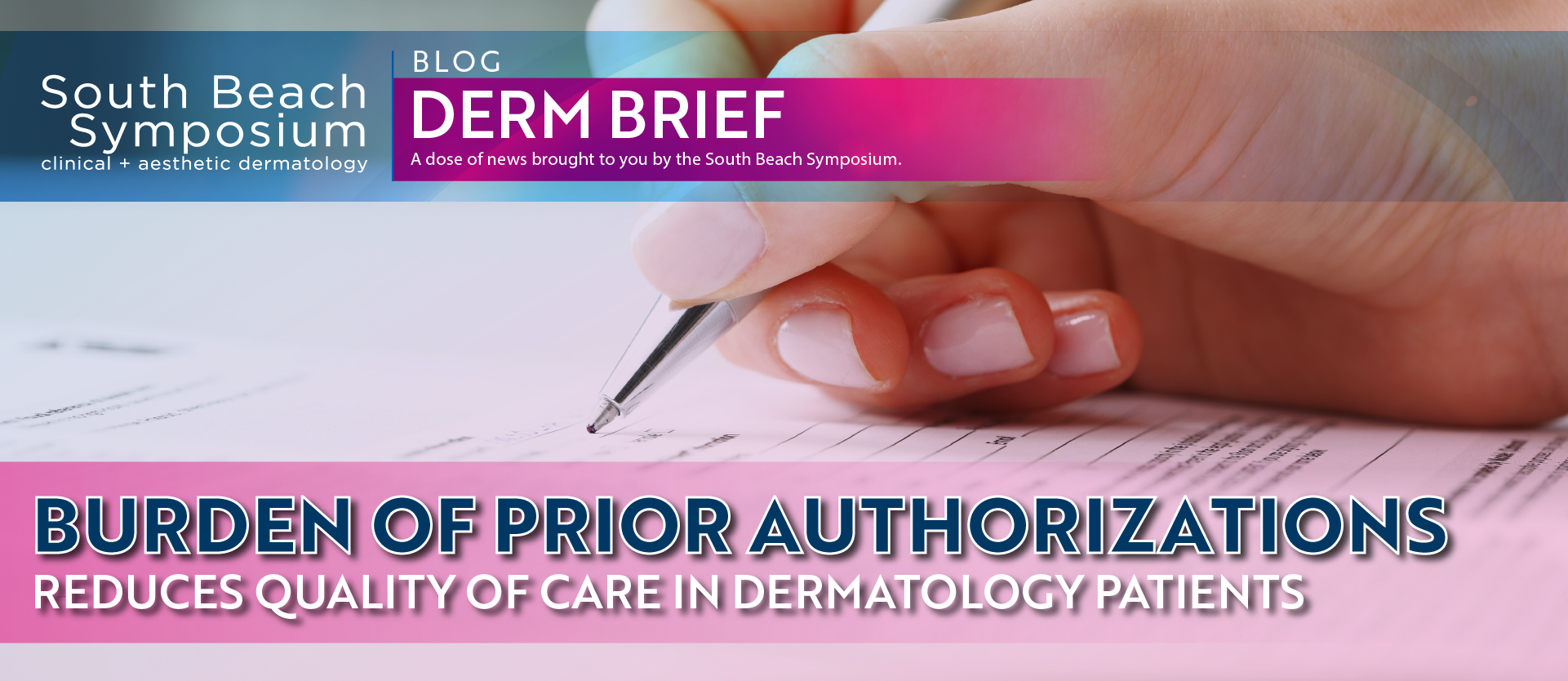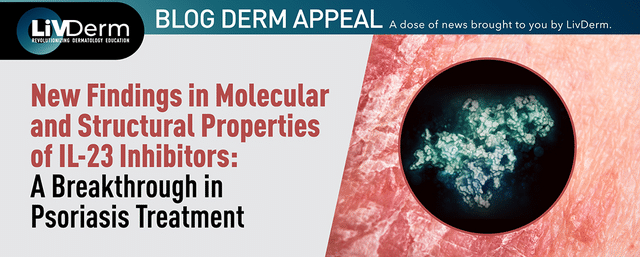Currently, the majority of insurance companies require a time-consuming prior authorization (PA) process for the approval of prescribed medications and procedures. The field of dermatology disproportionately experiences a high burden of prior authorizations as a result of significant advances in biologic medications and marked increases in the cost of generic medications. In general, medical practices devote an average of two business days a week per physician to comply with health insurance protocols, resulting in a significant practice burden.
Recent research published in the Journal of the American Academy of Dermatology aims to emphasize the toll that the prior authorization process has on clinicians and patients alike. The study reveals the detrimental effects PA denials and delays can have on condition improvement as well as the potential benefit of a centralized pharmacy intervention.
Examining the Prior Authorization Process
Lead author, Sabrina Popatia, MPH, and colleagues conducted a retrospective review of prior authorizations submitted for prescription medications before and after the implementation of centralized pharmacy intervention. Researchers discovered that the current PA process employed by insurers places a significant time burden on clinicians, delays the time it takes for patients to receive medication, and reduces improvement in disease progression.
Reviewing clinic visits and prior authorizations before and after pharmacy intervention, investigators found that in the pre-pharmacy phase, full-time medical assistants spend 50% of the work day handling PAs while full-time pharmacy technicians devote 100% of their work day. All prior authorizations had been submitted within 1 day of receipt with decisions being made within 3 days by pharmacy technicians. Pharmacy intervention resulted in shorter time to both PA submission and decision along with higher PA approval rates however, it did not impact the total number of submissions.
Additionally, researchers discovered potential detrimental effects on patient condition associated with the prior authorization process. Patients with approved PAs showed a greater improvement in disease when compared with patients who were denied, and patients who did not receive their original medication experienced worsening of symptoms or no change in their condition. Meanwhile, patients who received their original therapy for which a PA was submitted faced a much lower risk.
Dermatological Prescriptions and Indications
8.1% of all dermatological prescriptions required a prior authorization, which was most frequently submitted for topical steroids, topical antibiotics, antifungals, and topical retinoids. Acne, psoriasis, and dermatitis are the most common conditions requiring PAs for medication dispensation, while biologics and brand-name-only therapies had the highest rates of PA requirement, at 55.2% and 42.8% respectively.
By examining the effects of a centralized pharmacy intervention and the impact of the current PA process on patient outcomes, researchers concluded that the present insurance protocol may result in delayed care and have a negative impact on patients. Although a centralized pharmacy intervention proved to be an effective method of ameliorating PA-associated issues, it did not eliminate the overall burden.
Despite known limitations of the study, which include the retrospective design and singular source of data, the findings implicate the prior authorization model requires modification to mitigate associated burden and enhance the quality of care for dermatology patients.
















